Description
Product Description
The trophoblast begins at the outer covering of the early blastocyst and provides the route of nourishment between the maternal endometrium and the developing embryo. The trophoblast adhesion to the uterine wall is the requisite first step of implantation and, subsequently, placentation. Human villous tryophoblasts (HVT) covering the villi of the placenta provide the surface for the exchange of oxygen and nutrients with the maternal circulation. They synthesize and release chorionic gonadotropin, placental lactogen and angiogenin [1] and express CXCR4, CCR5 and prolactin gene family [2, 3]. They acquire CCR1 as they differentiate to an invasive phenotype at the villous-anchoring sites [4]. The features of HVT, together with the recent establishment of trophoblast stem cells, make them an ideal genetic platform to study cell differentiation and organogenesis.
iXCells Biotechnologies provides high quality HVT, which are isolated from human placental villi and cryopreserved at P1, with >0.5 million cells in each vial. HVT express alpha-and beta-HCG and are negative for HIV-1, HBV, HCV, mycoplasma, bacteria, yeast, and fung. HVT can further expand no more than 3 passages in Trophoblast Growth Medium (Cat# MD-0058) under the condition suggested by iXCells Biotechnologies. Further expansion may decrease the purity.

Figure 1. Human Villous Trophoblasts (HVT) phase contrast image
Product Details
| Tissue | Human placental villi |
| Package Size | 0.5 million cells/vial; 1.0 million cells/vial |
| Passage Number | P1 |
| Shipped | Cryopreserved |
| Storage | Liquid nitrogen |
| Growth Properties | Adherent |
| Media | Trophoblast Growth Medium (Cat# MD-0058) |
References
[1] Pavlov, N., Hatzi, E., Bassagliam Y., Frendo, J. L., Brion, D. E., Badet, J. (2003) Angiogenin distribution in human term placenta, and expression by cultured trophoblastic cells. Angiogenesis. 6(4):317-30.
[2] Maldonado-Estrada, J., Menu, E., Roques, P., Vaslin, B., Dautry-Varsat, A., Barre-Sinoussi, F., Chaouat, G. (2003) Predominant intracellular expression of CXCR4 and CCR5 in purified primary trophoblast cells from first trimester and term human placentae. Am J Reprod Immunol. 50(4):291-301.
[3] Wiemers, D. O., Ain, R., Ohboshi, S., Soares, M. J. (2003) Migratory trophoblast cells express a newly identified member of the prolactin gene family. J Endocrinol. 179(3):335-46.
[4] Sato, Y., Higuchi, T., Yoshioka, S., Tatsumi, K., Fujiwara, H., Fujii, S. (2003) Trophoblasts acquire a chemokine receptor, CCR1, as they differentiate towards invasive phenotype. Development. 130(22):5519-32.
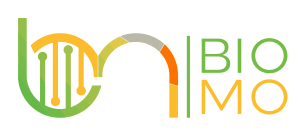
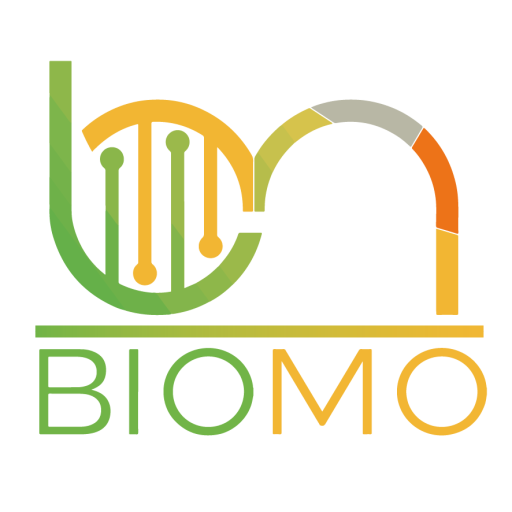

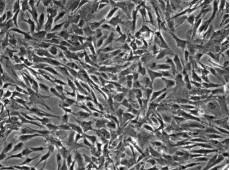
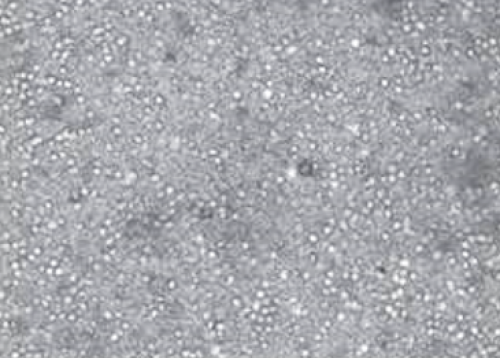
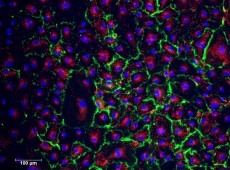
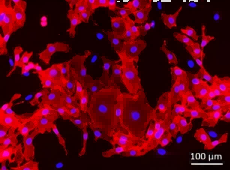

Reviews
There are no reviews yet.